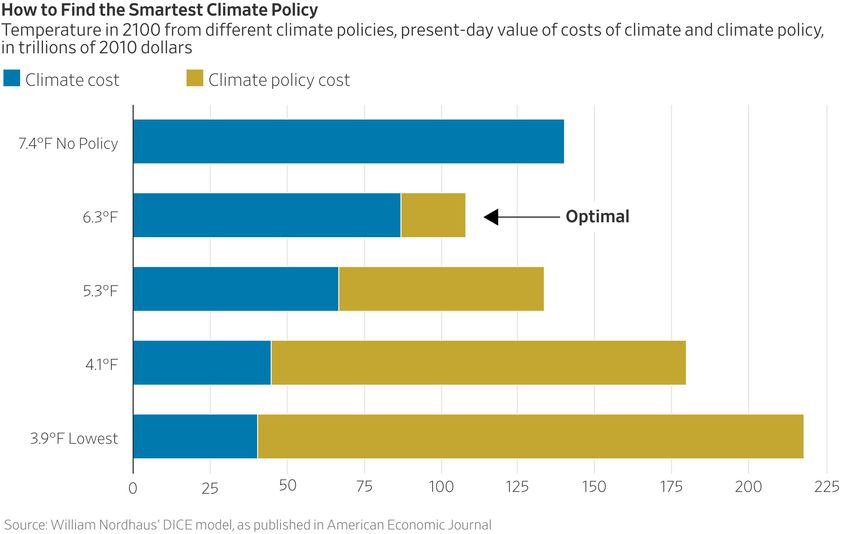Trial and error still matters in science and medicine.
(p. D1) CAMBRIDGE, Mass. — When Sharif Tabebordbar was born in 1986, his father, Jafar, was 32 and already had symptoms of a muscle wasting disease. The mysterious illness would come to define Sharif’s life.
Jafar Tabebordbar could walk when he was in his 30s but stumbled and often lost his balance. Then he lost his ability to drive. When he was 50, he could use his hands. Now he has to support one hand with another.
No one could answer the question plaguing Sharif and his younger brother, Shayan: What was this disease? And would they develop it the way their father had?
As he grew up and watched his father gradually decline, Sharif vowed to solve the mystery and find a cure. His quest led him to a doctorate in developmental and regenerative biology, the most competitive ranks of academic medical research, and a discovery, published in September in the journal Cell, that could transform gene therapy — medicine that corrects genetic defects — for nearly all muscle wasting diseases. That includes muscular dystrophies that affect about 100,000 people in the United States, according to the Muscular Dystrophy Association.
Scientists often use a disabled virus called an adeno-associated virus, or AAV, to deliver gene therapy to cells. But damaged muscle cells like the ones that afflict Dr. Tabebordbar’s father are difficult to treat. Forty percent of the body is made of muscle. To get the virus to those muscle cells, researchers must deliver enormous doses of medication. Most of the viruses end up in the liver, damaging it and sometimes killing patients. Trials have been halted, researchers stymied.
Dr. Tabebordbar managed to develop viruses that go directly to muscles — very few end up in the liver. His discovery could allow treatment with a fraction of the dosage, and without the disabling side effects.
. . .
(p. D4) There, fueled by caffeine, he works typically 14 hours a day, except on the days when he plays soccer with a group at M.I.T.
“He is incredibly productive and incredibly effective,” said Amy Wagers, who was Dr. Tabebordbar’s Ph.D. adviser and is a professor and co-chair of the department of stem cell and regenerative biology at Harvard. “He works all the time and has this incredible passion and incredible dedication. And it’s infectious. It spreads to everyone around him. That is a real skill — his ability to take a bigger vision and communicate it.”
. . .
He got a position in the lab of Pardis Sabeti at the Broad Institute and set to work. His plan was to mutate millions of viruses and isolate those that went almost exclusively to muscles.
The result was what he’d hoped — viruses that homed in on muscle, in mice and also in monkeys, which makes it much more likely they will work in people.
As scientists know, most experiments fail before anything succeeds and this work has barely begun.
“I will do 100 experiments and 95 will not work,” Dr. Tabebordbar said.
But he said this is the personality that is required of a scientist.
“The mind-set I have is, ‘this is not going to work.’ It makes you very patient.”
. . .
Now Dr. Tabebordbar has moved on to his next step. His life, other than his brief stint in biotech, has been in academia, but he decided that he wants to develop drugs. About a year ago, he co-founded a drug company, called Kate Therapeutics, that will focus on gene therapy for muscle diseases and will move there for the next phase of his career.
For the full story, see:
(Note: ellipses bracketed date added.)
(Note: the online version of the story has the date Nov. 4, 2021, and has the title “He Can’t Cure His Dad. But a Scientist’s Research May Help Everyone Else.”)


